April 30, 2025 | 05:54 GMT +7
April 30, 2025 | 05:54 GMT +7
Hotline: 0913.378.918
April 30, 2025 | 05:54 GMT +7
Hotline: 0913.378.918
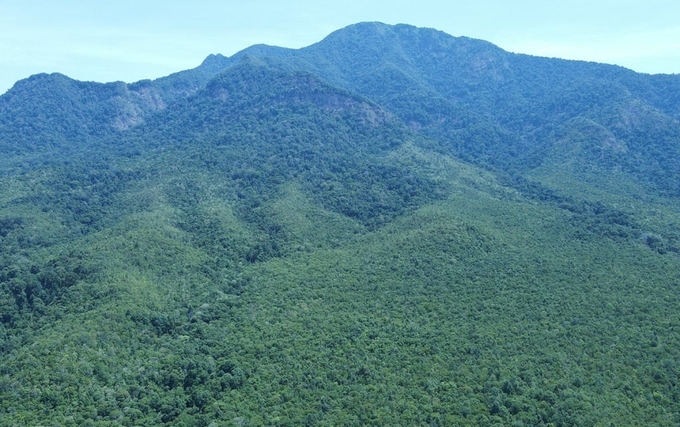
A corner of Chu Mom Ray National Park. Photo: Tran Hoa.
On the morning of the end of May, Mr. Le Van Nghia, 39 years old, Head of Bar Gok Forest Protection Station, and four other officers prepared hammocks, blankets, water, rice, dried fish, etc. for a three-day patrol in the forest. While patrolling the forest, five people are responsible for protecting the forest, removing traps, and freeing animals.
"The rainy season is when many animals in the old forest come to areas with water sources to feed. Taking advantage of this opportunity, bad guys choose to set traps along streams," Mr. Nghia said, indicating that the station was assigned to manage more than 5,000ha of forest in Chu Mom Ray National Park.
The park is more than 56,000ha in Sa Thay and Ngoc Hoi districts, bordering Laos and Cambodia. It is the residence of more than 1,000 animal species, of which 112 are precious, rare, and endemic. In addition to hundreds of precious wood species, the garden has 425 valuable medicinal species, of which 18 are on the list of Vietnam's medicinal plants red book.
With biodiversity and many precious genetic resources, in 2004, Chu Mom Ray National Park was recognized as an ASEAN heritage by the Association of Southeast Asian Nations.
The patrol area has a high risk of being trapped, so the group is always alert and paying close attention to the paths and tree branches on the roadside. According to many years of experience with forest keepers, bad guys often mark trap locations by cutting branches and tree trunks. That is a sign that there are animal traps around.
Going deep into the forest about 3km and seeing knife cuts on a fresh tree trunk, the group carefully looked around within a 5-10m radius, discovering four traps pulled out with brake lines. When the animal passes through and gets caught in the noose tied to the bent tree branch, the force of the branch will tighten and hold it tight. It is the type of trap most commonly found in the forest.
"In the past, people used to use clamp traps, placed on the ground, covered with leaves to catch wild boars, but now this type of trap is less used," Mr. Nghia said, and his colleagues removed all traps and collected all the ropes brake into the backpack.
In 17 years of participating in protecting Chu Mom Ray National Park, Mr. Nghia and his colleagues have freed hundreds of wild animals, mainly squirrels and monkeys. Recently, while patrolling the forest, about 10km from the station, the group encountered a pig-tailed monkey caught in a trap. The brake cable was tightened on its leg (about two days). At that time, it was exhausted, struggling weakly, its eyes asking for help.
After removing the trap, treating the wound, and checking that the monkey was still healthy, the group decided to release it back into the wild. "However, it didn't run away but still followed the group for a while, as if to thank me," Mr. Nghia recalled.
Mr. Nguyen Ba Nam, Head of Ya Lan Forest Protection Station, the unit assigned to manage over 7,700ha of forest in the park, said that last September, he and two colleagues conducted a forest protection patrol. The group suddenly heard a strange noise when traveling about 13km from the station.
Approaching, they discovered the wild boar caught in a trap. One of its hind legs was held tightly by the brake rope, and the other end was fixed to the base of a large tree. Around the trees, the ground was torn up. Seeing strangers, the animal becomes aggressive, ready to attack.
After thinking, the group guided the animal so that the brake cable was wound many times, helping to secure it to the tree. When the wild boar showed signs of exhaustion, they suddenly rushed in to hold it tight, remove the trap, and free the animal.
"Fortunately, the pig was not very big, so it was easy for people to control it. The rescue process lasted about an hour," Mr. Nam said, adding that when encountering large animals, if you are not careful, you can easily be injured by it dangerous, even life-threatening.
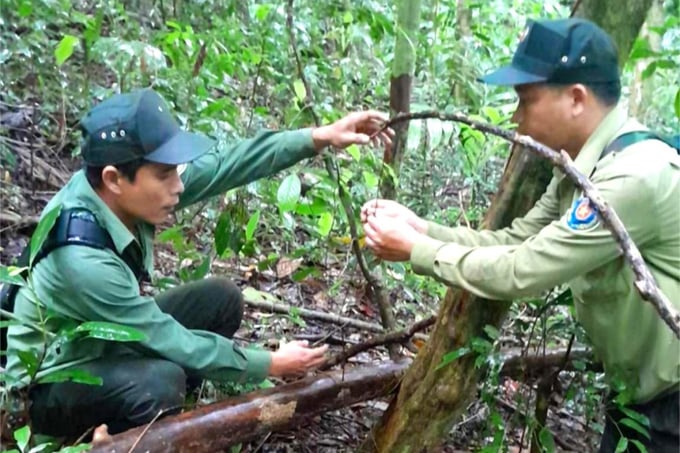
Forest guards remove animal traps during a field trip. Photo: Ngoc Oanh.
Chu Mom Ray National Park has built the Center for Biodiversity Conservation and Ecotourism to rescue and preserve wildlife. In addition to rescuing trapped animals, the center treats and cares for animals that are evidence of cases and from people.
Mrs. Tran Anh Nguyet, the center officer, said that in 2020, the unit received a rare language about 2 months old. Caring for the animal is quite tricky because the animal is so tiny. Every 2-3 hours, the staff must take turns giving it unsweetened milk and feeding it leaves.
"The whole center stays up all night, taking care of the langur like a baby," Mrs. Nguyet said, saying it was cared for, learned the habit of foraging in the wild for a while, and then released back into the forest.
To improve the skills of caring for wild animals, the park has recruited many highly specialized veterinary staff. Over the past six years, this unit has cared for and saved many rare species of monkeys, apes, and many other animals.
Mr. Dao Xuan Thuy, Director of Chu Mom Ray National Park, said that from 2019 to March this year, the park's forest protection force removed more than 30,800 animal traps. The center has rescued 344 animals. Of these, 181 animals can be released back into the wild, and the remaining animals are handed over to other rescue units for continued care.
To strengthen monitoring and protect wildlife, in 2023, the park will install 100 camera traps to capture people who violate the forest with bad intentions. From these images, the unit has prevented and handled many cases of people entering the forest to set traps and hunt animals.
In addition to removing and collecting traps, forest management staff occasionally encounter people carrying trapping tools into the forest and ask them to go to the station to write a commitment not to trap wild animals and confiscate the tools. Thanks to that, people's awareness is increased. The number of animal traps and methods of trapping animals have also decreased significantly.
Translated by Huong Giang
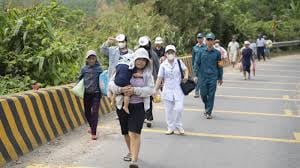
(VAN) The training event held in Hoa Phu (Da Nang) highlighted the importance of incorporating gender factors in order to protect communities from disasters.
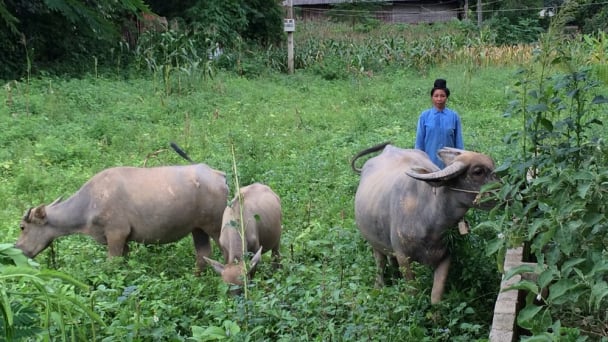
(VAN) Dien Bien province needs to develop alternative livelihoods and strengthen community monitoring to minimize conflicts with biodiversity conservation efforts.
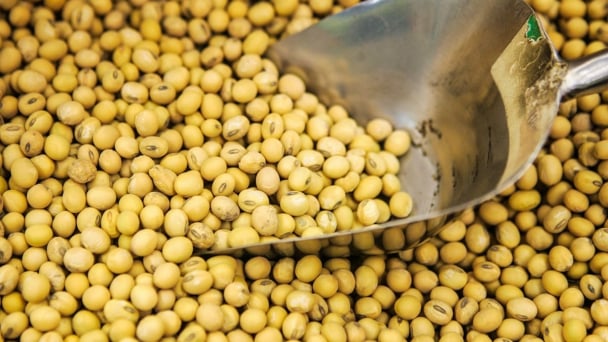
(VAN) The US-launched tariff confrontation has begun to hit American agricultural exports, particularly soybeans and pork, as China's Zhejiang Province is seeing a surge in Brazilian soybean shipments arriving at its ports.
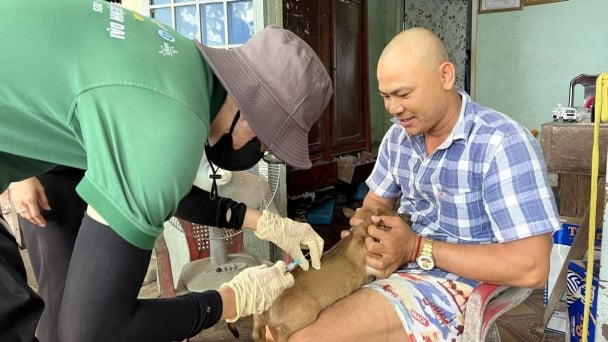
(VAN) Cooperation between organizations, businesses, and local communities has created success in rabies prevention in Duc Hue, Long An over the past 5 years.

(VAN) In a meeting with Japanese Prime Minister Ishiba Shigeru on the afternoon of April 27, General Secretary To Lam proposed that the two countries strengthen cooperation in high-tech agriculture.
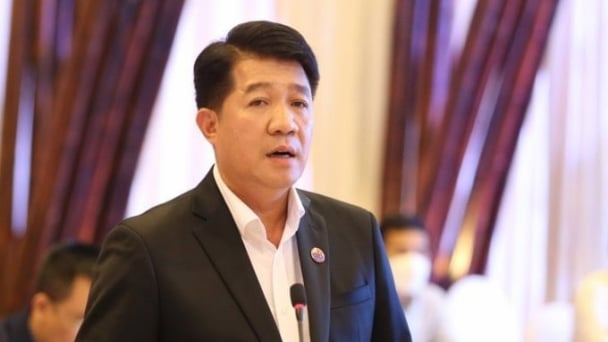
(VAN) 'Vietnam Agriculture and Nature Newspaper will become a specialized forum, quickly and accurately updating information on agricultural policies, environmental protection and sustainable development', said Mr. Vu Manh Hung, Chairman of Hung Nhon Group.

(VAN) Low vaccination rates, unknown origin of breeds, and lack of decisive action by the government are what causes avian influenza outbreaks.